TL;DR
A portable power station can charge most e-bikes. The trick is to ensure that the battery of your e-bike is compatible with the power station output. With smart power stations from OUPES, you can charge your e-bikes with green energy and bring peace of mind to each ride.
E-bikes are becoming popular day by day, as they are fun to ride, fuel-efficient, and easy to move around daily. However, one of the most frequently asked questions among riders is: Can I charge my e-bike using a solar power station? The short answer is, YES. But before doing so, there are some things you should know.
Whether a portable power station can power your e-bike battery or not depends on a number of factors like, its size, output ports, wattage, compatibility with your e-bike, and others. In this article, we will talk about factors to consider before charging your e-bike using a solar power station, discuss safe charging practices, and suggest which OUPES models are most appropriate for your e-bike.
Before charging with solar, know your bike type
Not every e-bike is the same, so you can’t expect to charge each bike with your solar power station. They are available in different types: small and light, large and heavy-duty. The kind of e-bike you have will determine the amount of power required to charge it. Here are the main types:
● City or commuter e-bikes: These usually have batteries around 300–500Wh. They are made for short rides in town and don’t use too much power. A mid-sized portable power station is enough for them.
● Mountain e-bikes (e-MTBs): These bikes are built for hills and trails. Their batteries are larger, often 500–700Wh or more. They need a stronger station to recharge.
● Cargo e-bikes: Cargo e-bikes are built to move heavy loads, and generally use large batteries, which can be up to 1,000 Wh. This implies that they require more time to recharge and require a higher output power station.
Cycling Electric states that the majority of e-bike chargers consume 2 to 5 amps, and typically use 36 V or 48 V. Thus, your power station should provide sufficient wattage to cover the specifications of the charger.
However, the good news is: most e-bikes are compatible with a portable power station; simply check the wattage and battery capacity and connect it.
Is it safe to charge your e-bike using a portable power station?
Yes, it is safe, but only if you check compatibility first. There are two things that may make the charging experience not so efficient:
1. Insufficient power: When the portable power station is insufficient to generate the wattage that your e-bike charger requires, it may stop charging, or even damage the station.
2. Overheat or low-quality devices: Low-quality or cheap power supplies can overheat; this can shorten your e-bike’s battery life, or even result in a short circuit.
According to the U.S. Consumer Product Safety Commission, battery fires are rare; however, there common reason is using poor-quality chargers. This means using a trusted portable power station is the smart choice.
OUPES power stations are built with battery management systems (BMS) that prevent overcharging, short circuits, or overheating. This makes them a safe option for charging most e-bikes.
How to charge your e-bike using solar power

You can use a portable power station along with solar panels to create your own solar-powered e-bike charging setup.
Normally, there are two scenarios:
1. Plugging in the charger
Start by connecting your e-bike’s original charger to the AC outlet on your portable power station. Ensure that the wattage is compatible with the charger of your bike. For example, when your charger consumes 250W, your power station should supply this minimum amount.
2. Removing the battery
Many e-bikes also come with removable batteries. This makes charging easier and safer. Place the battery in a safe, dry spot, then plug it into your station.
In either case, make sure the e-bike’s charger is compatible with your solar power station before you begin charging.
What oupes models are best for e-bikes?
When choosing a portable power station, you don’t always need the biggest one. For most e-bikes, small to medium stations are enough. Here are three OUPES models that work well:
|
Model |
Battery Size |
Output Power |
Best For |
|
256Wh |
600W |
Small city bikes, short trips |
|
|
512Wh |
600W |
Longer rides, more charging capacity |
|
|
992Wh |
1200W |
Heavier or longer-range e-bikes |
These three models hit the sweet spot for most e-bikes: not too heavy, but enough power to keep your ride going strong. If you are looking for higher-capacity power stations, you can check out here.
FAQs
Is it safe to charge an e-bike battery inside the house?
Yes, it is safe when you have the right charger and a reliable power station. When you are charging the e-bike’s battery separately, do not cover it and ensure that it remains dry, especially when charging.
How much voltage is required to recharge an e-bike?
The majority of e-bikes have a battery of 36V or 48V, although it is always advisable to check the manual of your bike. Your portable power station must be able to support the needs of the charger.
What can you charge with a portable power station?
Besides e-bikes, it is possible to charge phones, laptops, cameras, small fridges and even CPAP machines. Portable stations have high flexibility to be used both at home and outside.
Final words
So, can a portable power station charge an e‑bike? Yes, it can. Whether you have a smaller commuter bike or a larger mountain bike, either way, the properly sized station will keep your e-bike charged. A solar-powered electric bike setup is even more convenient for riders who love camping or travelling.
Once the battery size of your bike is matched with the solar power station, you can have smooth rides without having to worry about that battery running out of charge.
outdoor power station, portable power staion, Portable Power Station, power station portable, small portable power station,

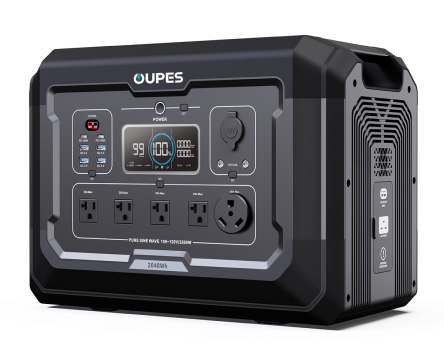
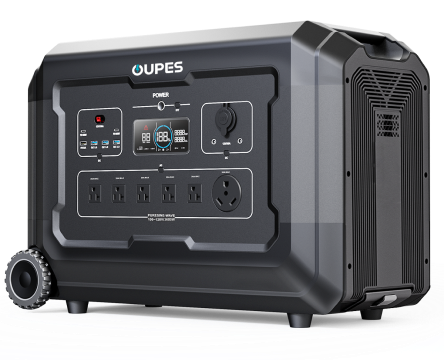
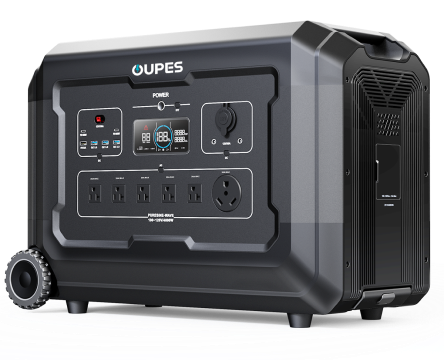
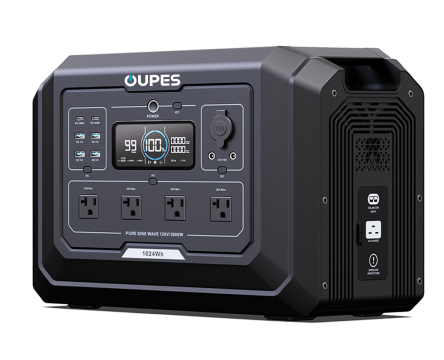
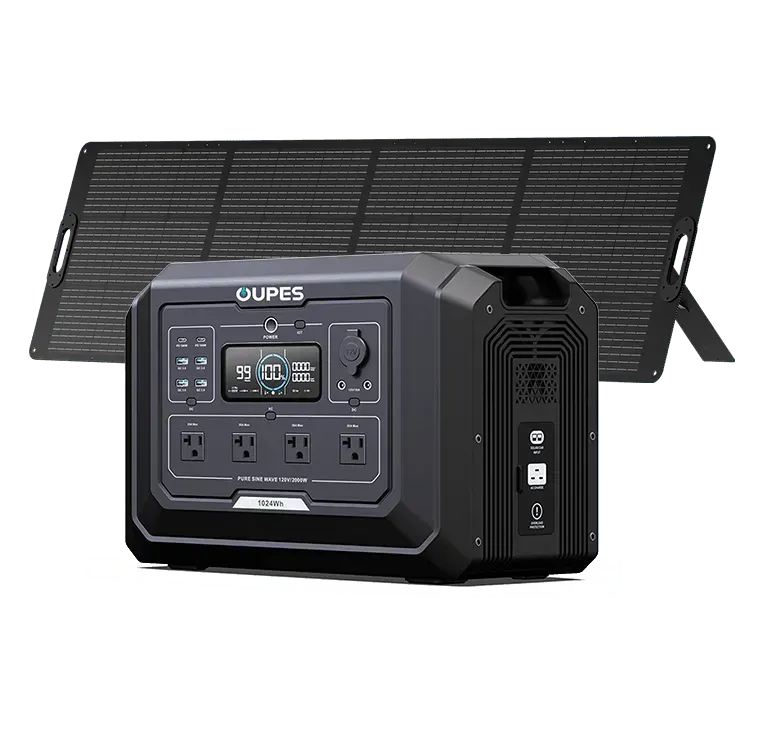
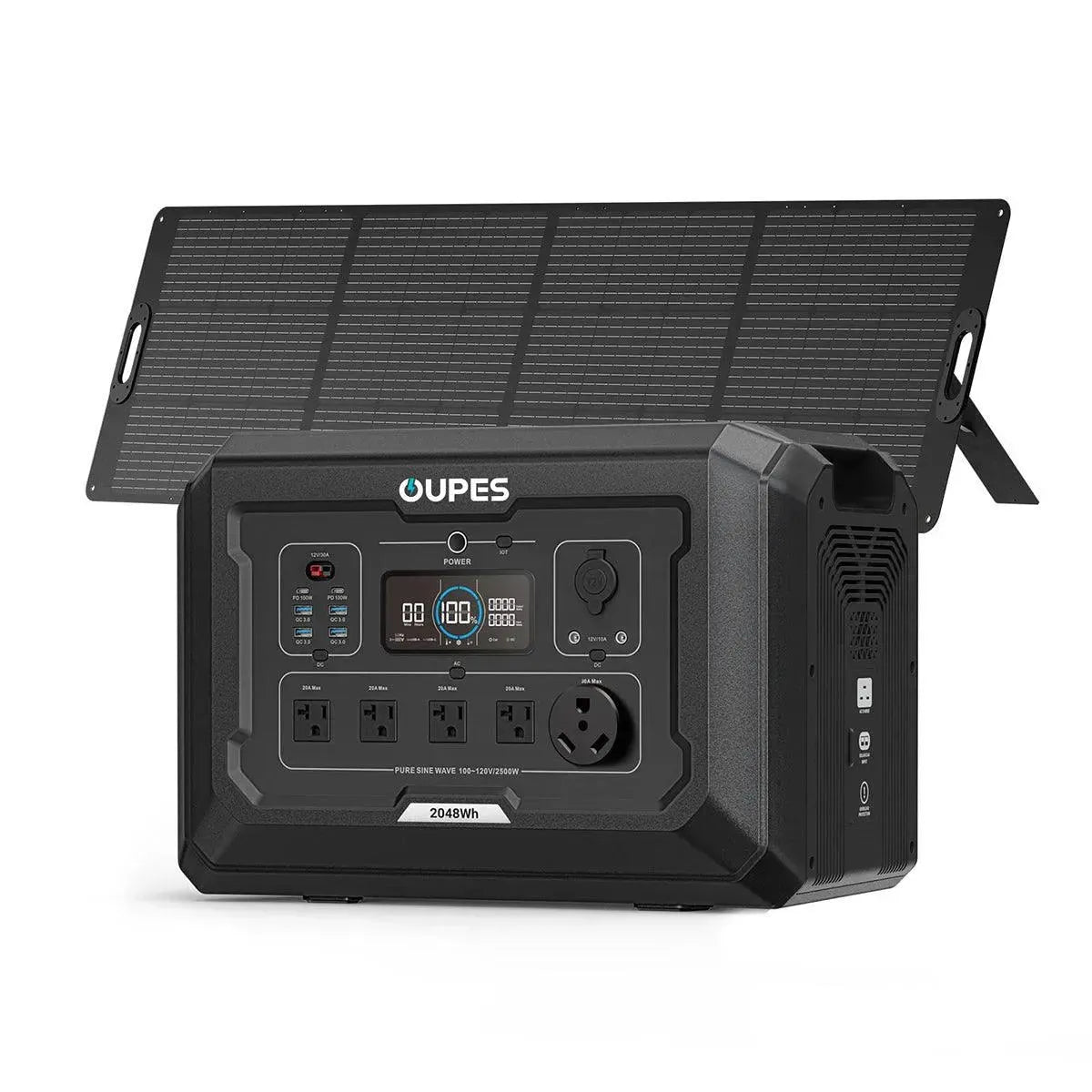
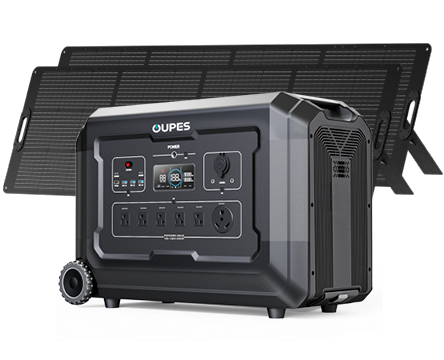
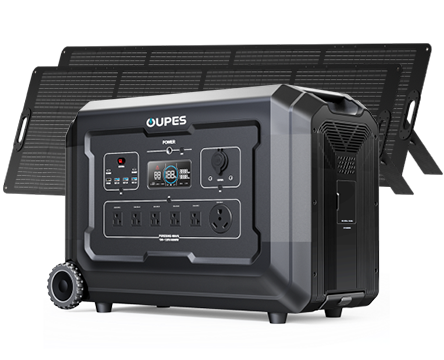
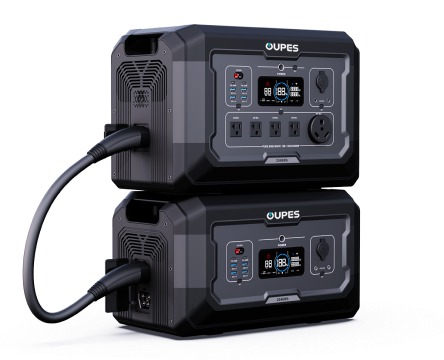
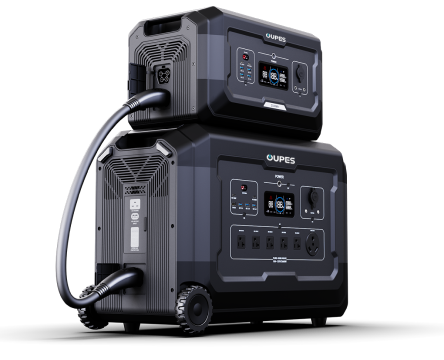
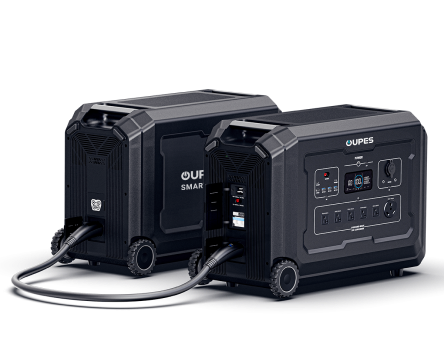
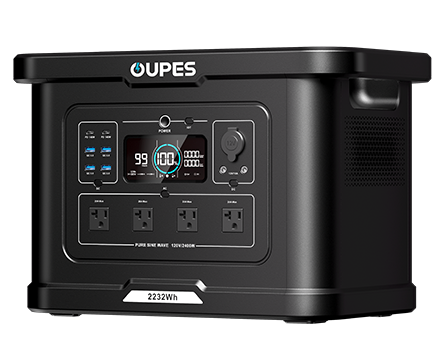
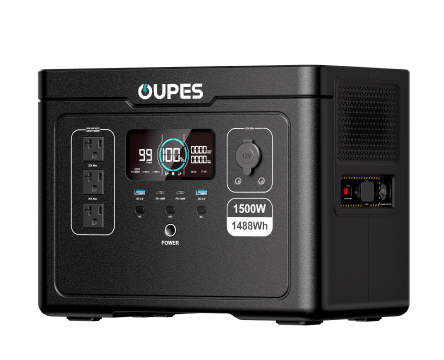
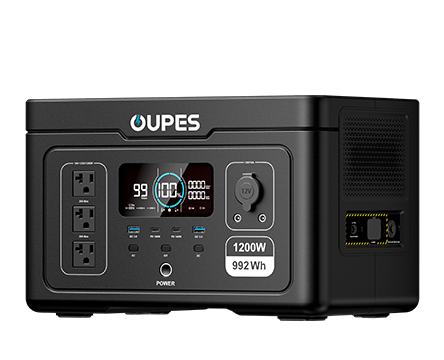
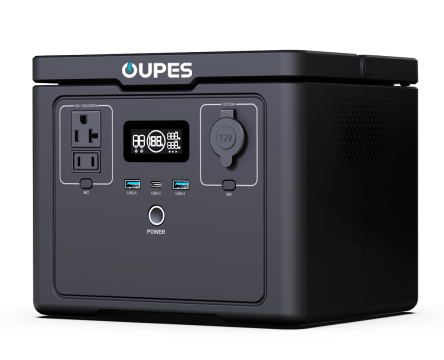
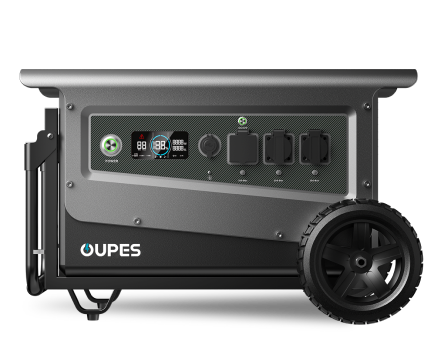
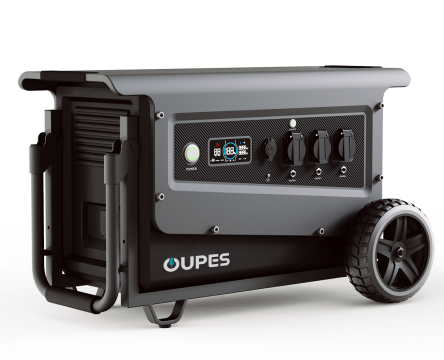
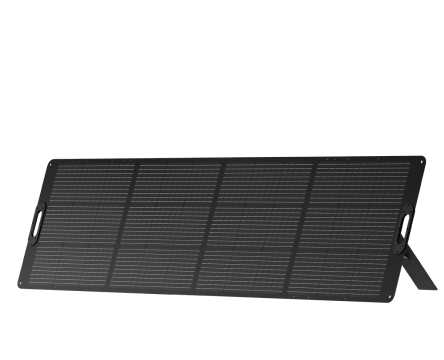
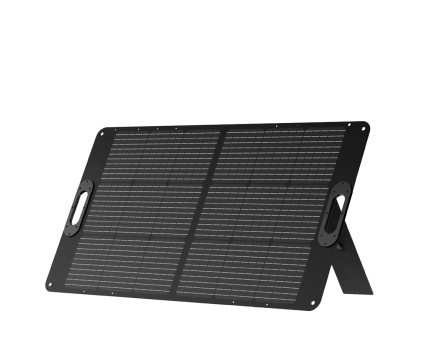
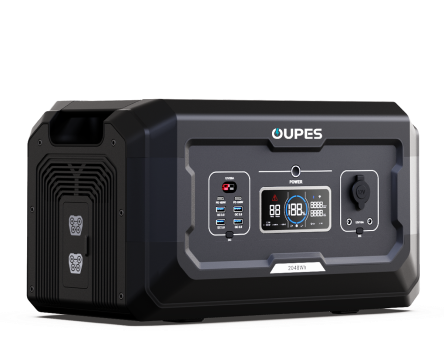
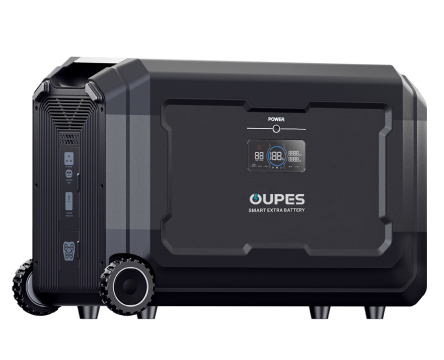
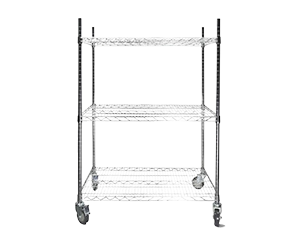
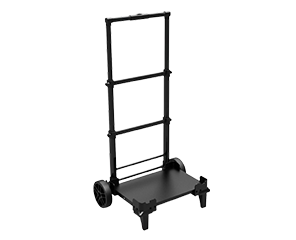
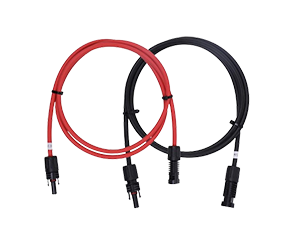

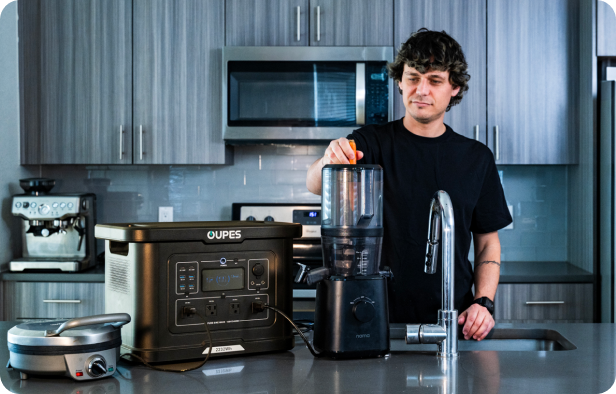
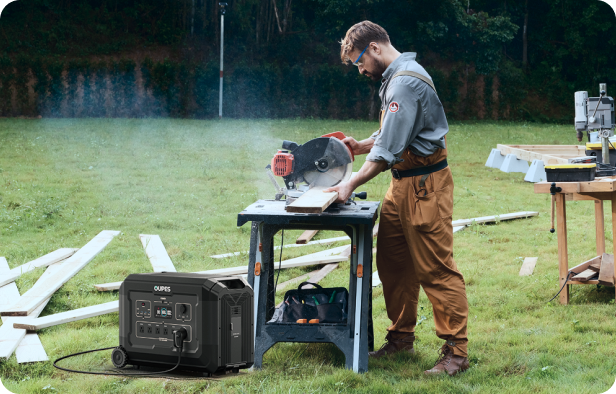
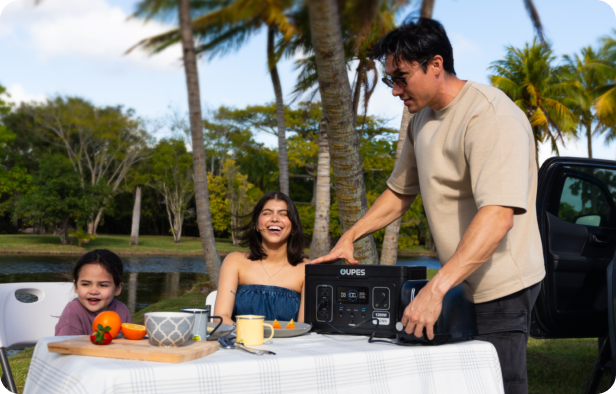



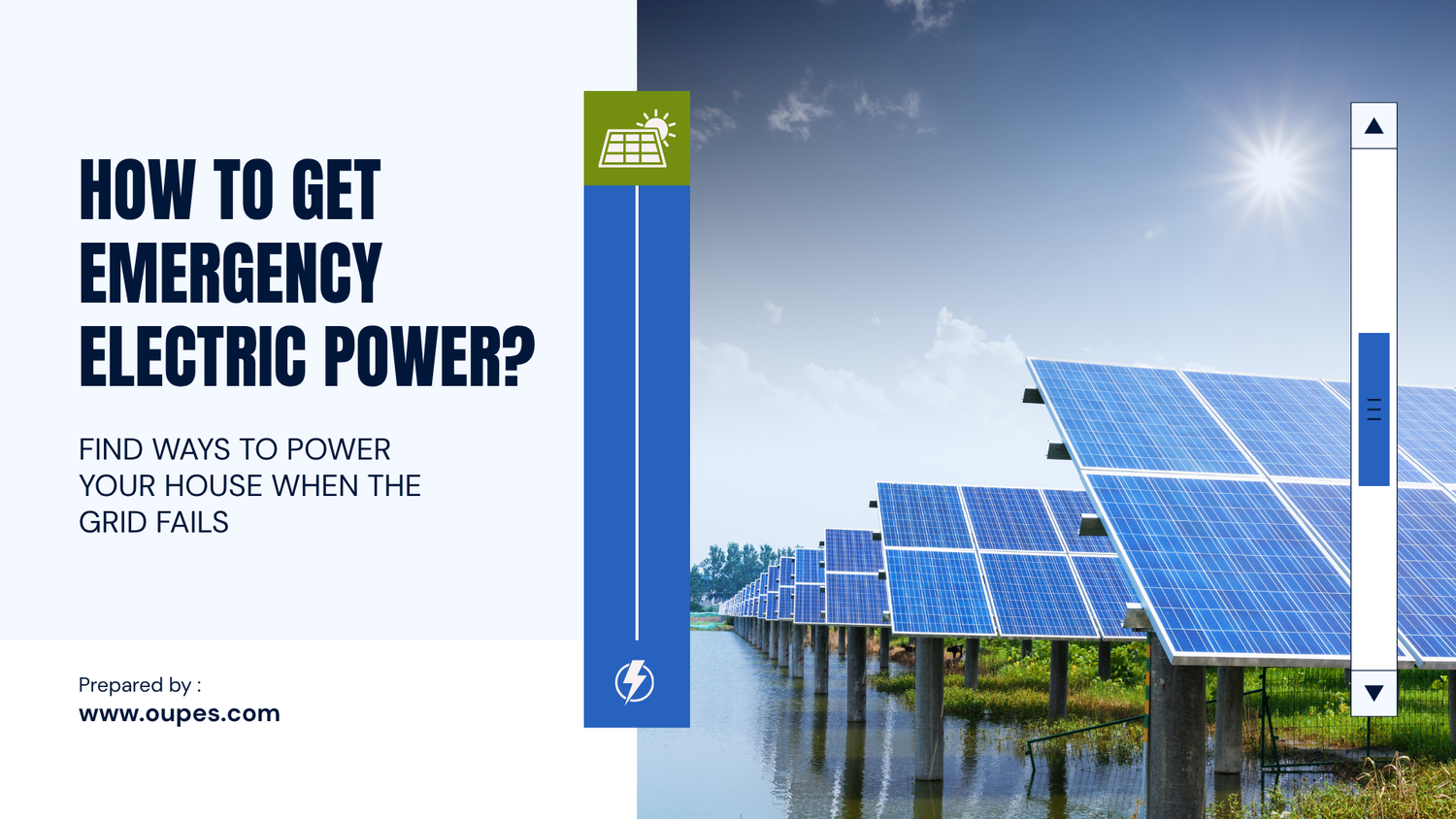
Leave a comment
This site is protected by hCaptcha and the hCaptcha Privacy Policy and Terms of Service apply.